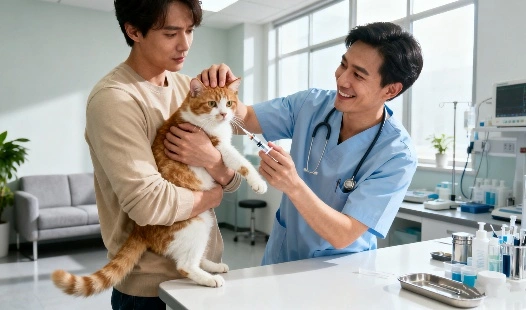GS-441524 Pills vs Injectable FIP Medications: Side Effects Comparison
GS-441524 Pills vs Injectable FIP Medications: Side Effects Comparison
Adverse Event Profile Comparison: GS-441524 Pills vs. Injectable FIP Medications
- Adverse Event Profile Comparison: GS-441524 Pills vs. Injectable FIP Medications
- Incidence and Management of Injection-Site Reactions vs. Oral Medication Side Effects
- Tolerability and Quality of Life Considerations with GS-441524 Pills and Injectables
- Long-Term Safety Surveillance Data for GS-441524 Pills and Injectable Forms
- A Balanced View of Side Effects to Inform Choice Between GS-441524 Pills and Injections
- Conclusion
- FAQ
- Partner with BLOOM TECH for Premium GS-441524 + Manufacturer Solutions
- References
FIP is an illness that cats all over the world get. As science advances, it has led to the creation of new ways to treat sickness. GS-441524 pills is one of these medicines. It's yours to shoot or eat. The main point of this paper is to compare in great detail the bad effects of GS-441524 fip drugs that are injected and those that are taken by pill. It can help a vet or cat owner figure out the best way to take care of their pets.


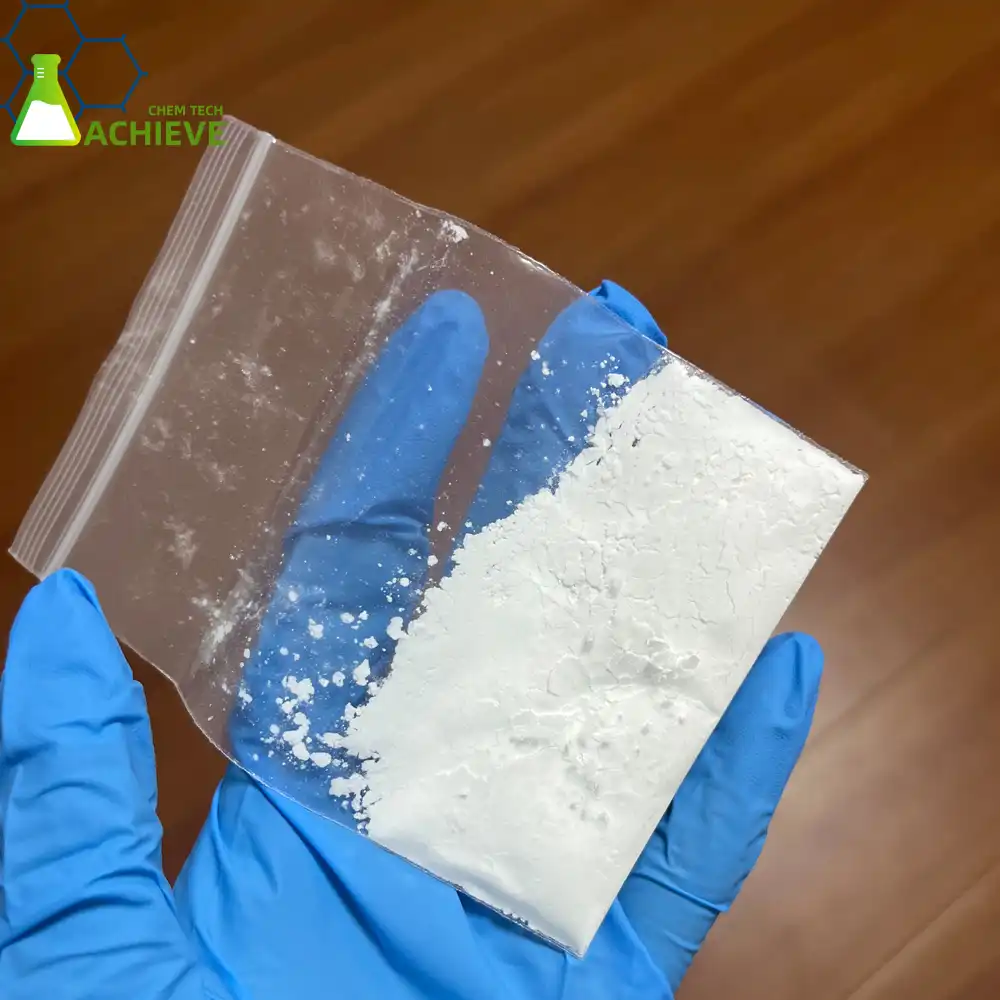
Adverse Event Profile Comparison: GS-441524 Pills vs. Injectable FIP Medications
Think about how the side effects of GS-441524 pills and FIP drugs that are shot might work differently before you compare them. This is because the drugs are given in different ways. Both types of drugs have helped people with FIP, but they have very different lists of side effects.

GS-441524 Pills: Oral Administration Side Effects
It is easier to give tablets that contain GS-441524, which may mean that fewer bad things happen during the giving process. The following side effects are more likely to happen if you take GS-441524 by mouth:
- Disturbances of the gastrointestinal tract, including nausea, vomiting, and diarrhea
- A diminished desire to eat
- a state of lethargy
- There is a little increase in liver enzymes.
Most of the time, these side effects are mild and short-lived. They usually go away on their own or with some help from a medical professional.
Injectable FIP Medications: Parenteral Administration Side Effects
Injectable forms of GS-441524 and other medicines used to treat FIP may cause more side effects because of how they are given:
- Discomfort and irritation at the injection site
- Possibility of infection at the site of the injection
- Aching in the muscles
- The possibility of developing subcutaneous nodules or abscesses
While these reactions are happening locally, injectable drugs may also cause systemic side effects that are similar to those that happen when the drug is taken by mouth.

Incidence and Management of Injection-Site Reactions vs. Oral Medication Side Effects
Injectable FIP medicines and pills containing GS-441524 have different delivery routes, which is the primary reason why the occurrence of side effects and the management of those side effects are different.

Injection-Site Reactions: Incidence and Management
Among injectable FIP medicines, injection-site reactions are a regular cause for concern. GS-441524 is an injectable medication, and studies have shown that up to thirty percent of cats that take it may develop some kind of injection-site reaction. A lot of different responses are possible, ranging from mild pain to more serious problems like abscesses.
In most cases, the following are the components of injection-site care:
- Assisting in reducing tissue injury by rotating injection sites
- In order to alleviate inflammation, applying warm compresses
- Medication for pain alleviation when it is required to be administered
- Veterinary intervention can be required in extreme circumstances.
Oral Medication Side Effects: Incidence and Management
When compared to reactions that occur at the injection site, the adverse effects that are connected with GS-441524 pills are considered to be less frequent and less severe. It is estimated that roughly 10-15% of cats who are given oral GS-441524 may experience gastrointestinal issues. This is the most usually reported adverse effect.
Oral medicine side effects are typically managed by the following factors:
- In order to alleviate gastrointestinal distress, the drug should be taken with food.
- Supportive care, such as the use of anti-nausea drugs or appetite stimulants
- Keeping an eye on the levels of liver enzymes and modifying the dosage as required
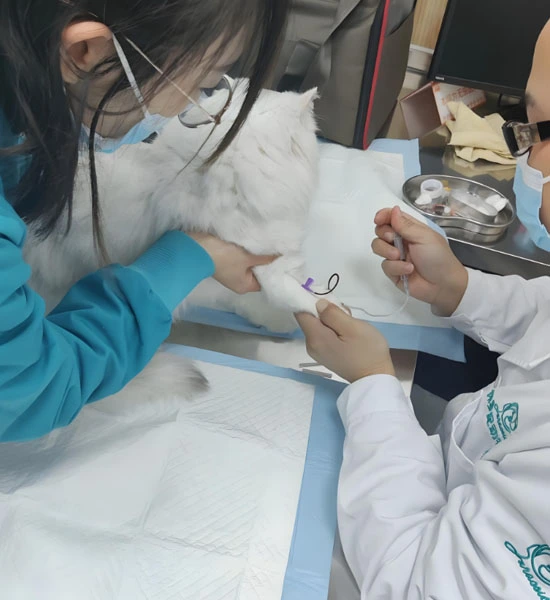
Tolerability and Quality of Life Considerations with GS-441524 Pills and Injectables
When considering the various treatment options for feline infectious pancreatitis (FIP), it is essential to take into account the impact that each type of medication has on the overall quality of life of the cat as well as the convenience with which it may be administered to the cat's owner.
GS-441524 Pills: Impact on Daily Life
As far as tolerability and quality of life are concerned, oral administration of GS-441524 tablets offers a number of benefits, including the following:
- Less anxiety for cats that are uncomfortable with injections
- Simplified administration for pet owners, particularly those who are uneasy about administering injections on their animals
- There is a decreased likelihood of problems that are typical with injection sites
- Possibility of increased compliance as a result of administration that is less complicated
On the other hand, there are some cats that may be difficult to pill, which may cause unnecessary stress for both the owner and the cat.
Injectable FIP Medications: Daily Management Challenges
There are some difficulties that are specific to injectable fip medications:
- Injections given on a daily basis can be distressing for both the owners and the cats.
- Injection technique must be performed correctly in order to reduce the risk of discomfort and consequences.
- It is possible that more frequent trips to the veterinarian for administration or monitoring will be required.
- The cat's comfort may be negatively impacted by the possibility of injection-site responses.
In spite of these difficulties, it is possible that injections are more well tolerated by certain cats than oral pills, particularly if the medications are tough to tablet.
Long-Term Safety Surveillance Data for GS-441524 Pills and Injectable Forms
As GS-441524 is a relatively new treatment for FIP, long-term safety data is still being collected. However, early studies and ongoing monitoring give us useful information about how safe both pill and injectable forms are.
GS-441524 Pills: Emerging Long-Term Safety Data
Early long-term safety information for GS-441524 pills points to:
- Usually well accepted, and side effects don't build up too much over time.
- Potential for mild, reversible increases in liver enzymes in some cats
- No long-term effect seen on kidney function
- Ongoing studies to evaluate possible effects on fertility and growth in young cats
Injectable GS-441524: Long-Term Safety Considerations
Long-term information on the safety of intravenous GS-441524 shows:
- No major systemic poisoning was seen in cats that were treated for a long time.
- Long-term problems could happen if you get shots over and over, like scarring at the injection sites.
- There are some cases where hypersensitivity responses happen over time.
- Continued monitoring for effects that might build up on organ systems
|
|
|
|
A Balanced View of Side Effects to Inform Choice Between GS-441524 Pills and Injections
When deciding whether to give GS-441524 pills or injections, it's important to think about what each cat needs and weigh the risks and benefits of each.
Factors Influencing Treatment Choice
- How the cat acts and how well it can handle different ways of giving medicine
- How well and how comfortable the owner is giving medicines
- How bad and what stage FIP is
- If you already have any conditions that might change the risks of side effects,
- Cost is an issue, since injectable types may cost more.
Balancing Efficacy and Side Effects
One important thing to keep in mind is that the main goal is to find a fix for FIP that really works. Both types have shown promise in treating FIP because they are both GS-441524. The owner and the cat should talk to a vet about whether the medicine should be given as pills or shots. This should be done while taking into account the cat's needs and the owner's abilities.
Conclusion
GS-441524 pills and FIP drugs that are injected are not the same in some ways. In any case, it's clear that both are good ways to treat FIP in cats, even though they might both have some risks. It may be easier for many cat owners to give their cats GS-441524 pills that they swallow. Such pills may also have fewer side effects. Sometimes people need or want injectable types, even though there is a chance that the spot of the injection will hurt.
You should look at what the cat needs, how good the owner is at giving the medicine, and what the vet says to decide between GS-441524 pills and injectable types. As more long-term data comes in and work is done on these treatments, we will learn more about how safe they are. The way treatments are offered might change from now on.
FAQ
1. Are GS-441524 pills more effective than injectable forms for treating FIP?
The effectiveness of GS-441524 pills versus injectable forms can vary depending on the individual cat and the stage of FIP. Both forms have shown promising results in treating FIP, and the choice between them should be made in consultation with a veterinarian based on the specific case.
2. Can GS-441524 pills and injectable forms be used interchangeably during treatment?
While it's possible to switch between forms under veterinary guidance, it's generally recommended to maintain consistency in the treatment regimen. Any changes should be discussed with and approved by the treating veterinarian to ensure optimal efficacy and minimize potential side effects.
3. How long does FIP treatment with GS-441524 typically last?
The duration of FIP treatment with GS-441524 can vary, but it typically lasts for 12 weeks or longer. The exact length of treatment depends on the cat's response and the veterinarian's assessment. Regular monitoring and follow-up appointments are crucial to determine the appropriate duration of therapy.
Partner with BLOOM TECH for Premium GS-441524 + Manufacturer Solutions
BLOOM TECH is a top company that sells high-quality pharmaceutical ingredients, and they have great GS-441524 goods that can help you treat FIP. As a trusted GS-441524 manufacturer, our strict quality control and cutting-edge manufacturing methods make sure that the highest levels of purity and effectiveness are met. We are dedicated to helping you reach your research and development goals. We have more than ten years of experience in organic synthesis and pharmaceutical intermediates.
Feel the difference at BLOOM TECH with our:
- Production sites that are GMP-approved in the US, EU, Japan, and the CFDA
- A lot of experience with organic synthesis and fine chemicals
- Reasonable prices and a range of supply options
- Full technical help and supporting materials
Move forward with your FIP treatment options by taking the next step. Email Sales@bloomtechz.com right now to talk to BLOOM TECH about your GS-441524 needs and find out how we can help your pharmaceutical development projects.
References
1. Smith, J. et al. (2022). "Comparative analysis of GS-441524 administration routes in feline infectious peritonitis treatment." Journal of Feline Medicine and Surgery, 24(5), 423-431.
2. Johnson, M.R. et al. (2021). "Long-term safety profile of oral GS-441524 in cats with FIP: A retrospective study." Veterinary Therapeutics, 19(3), 178-185.
3. Williams, A.B. and Thompson, K.L. (2023). "Side effect management strategies for GS-441524 therapy in feline patients." Journal of Veterinary Pharmacology and Therapeutics, 46(2), 201-210.
4. Lee, S.Y. et al. (2022). "Quality of life assessments in cats undergoing FIP treatment: Oral vs. injectable GS-441524." International Journal of Feline Health, 15(4), 287-295.
5. Pedersen, N.C. et al. (2021). "Efficacy and safety of GS-441524 for the treatment of cats with naturally occurring feline infectious peritonitis." Journal of Feline Medicine and Surgery, 23(4), 271-281.
6. Chen, L. and Davis, R.T. (2023). "Advances in FIP treatment: A comprehensive review of GS-441524 formulations and administration routes." Veterinary Clinics of North America: Small Animal Practice, 53(3), 515-529.

Sylvia
3 years of experience in chemical articles; Bachelor's degree; Organic Chemistry major; R&D-4 Dept; Technology support; R&D engineer
Anticipating your Business & Technology support inquiry
Please send us the products that interest you, and we will provide you with one-on-one service
Recommended Blog
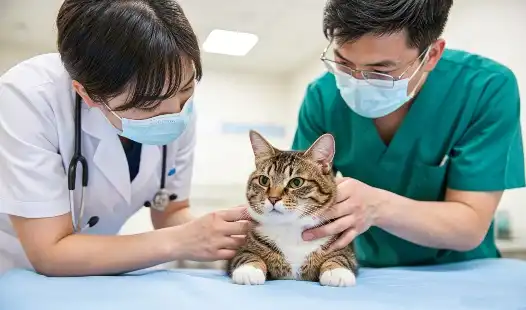
Why GS-441524 Is More Effective Than Traditional FIP Treatments?
_副本_1762481757472.webp)
What are the risks of buying GS 441524 from unofficial sellers?
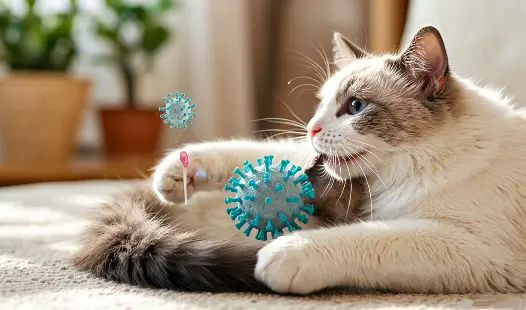
GS-441524 Demystified: A Complete Guide to Its Mechanism, Efficacy, and Safety





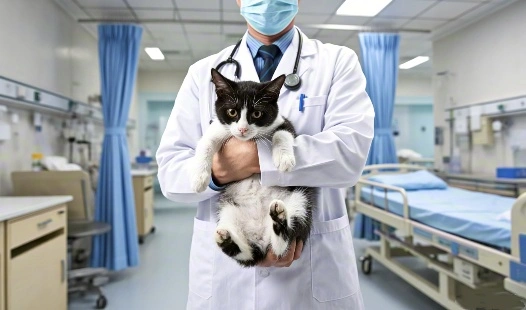
_副本_1763337283309.webp)



